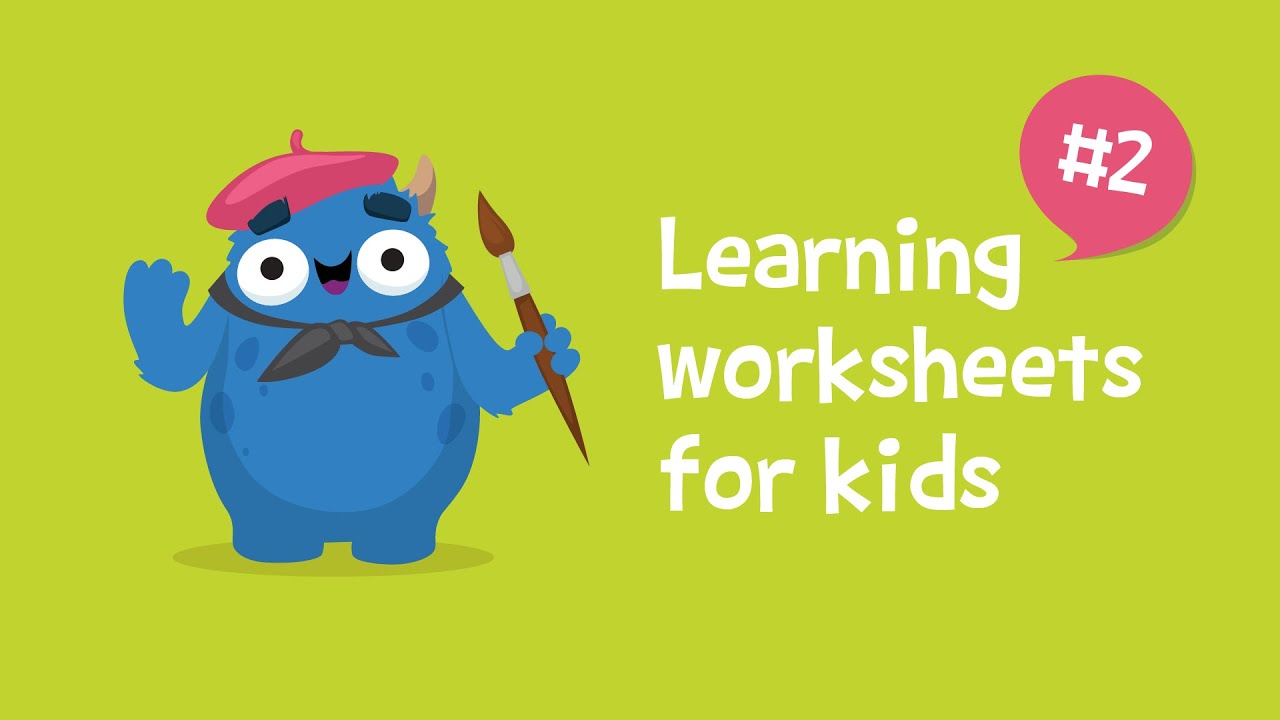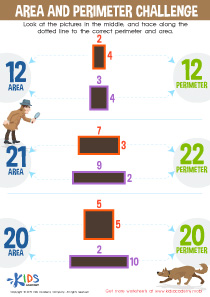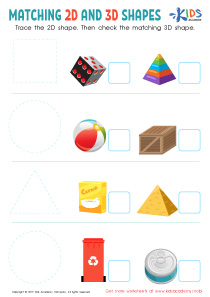Basic Math Skills Fractions of Shapes Worksheets for Ages 4-6
4 filtered results
-
From - To
Discover our engaging "Basic Math Skills Fractions of Shapes Worksheets" designed specifically for children aged 4-6! These interactive worksheets introduce young learners to the concept of fractions through vibrant shapes, making it easy and fun to understand and visualize division of whole objects. Each activity encourages kids to identify and divide shapes into equal parts, promoting essential math skills and critical thinking. Perfect for classroom use or at-home learning, our worksheets aim to foster early math proficiency while keeping kids entertained. Let your child explore the world of fractions and build a strong foundation in mathematics with our thoughtfully crafted resources!
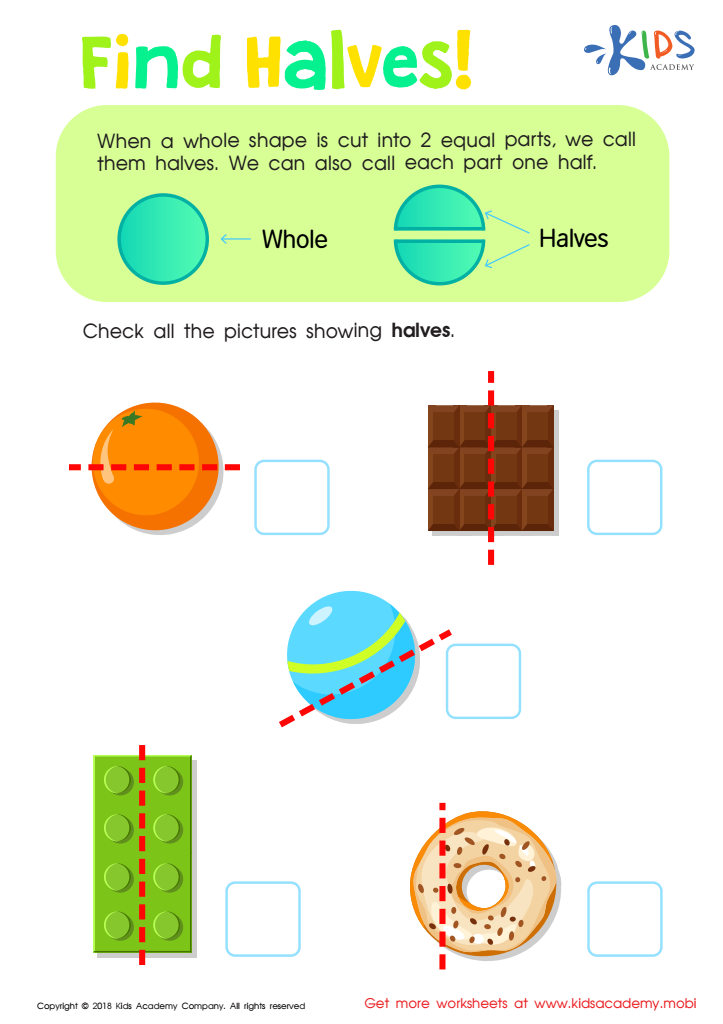

Find Halves Worksheet
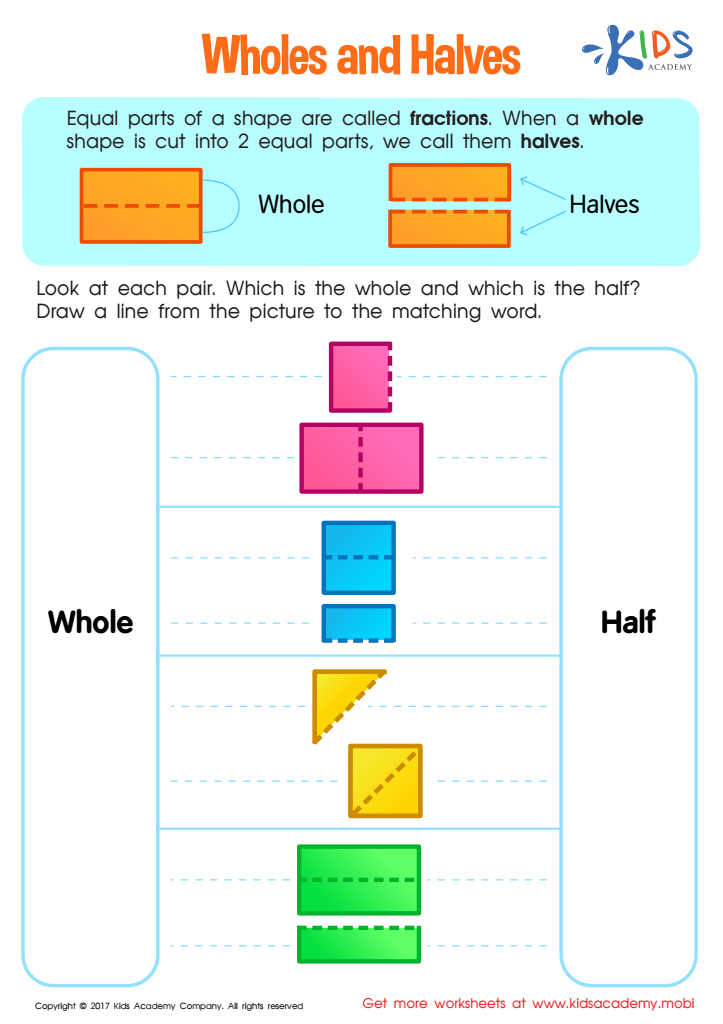

Wholes and Halves Worksheet
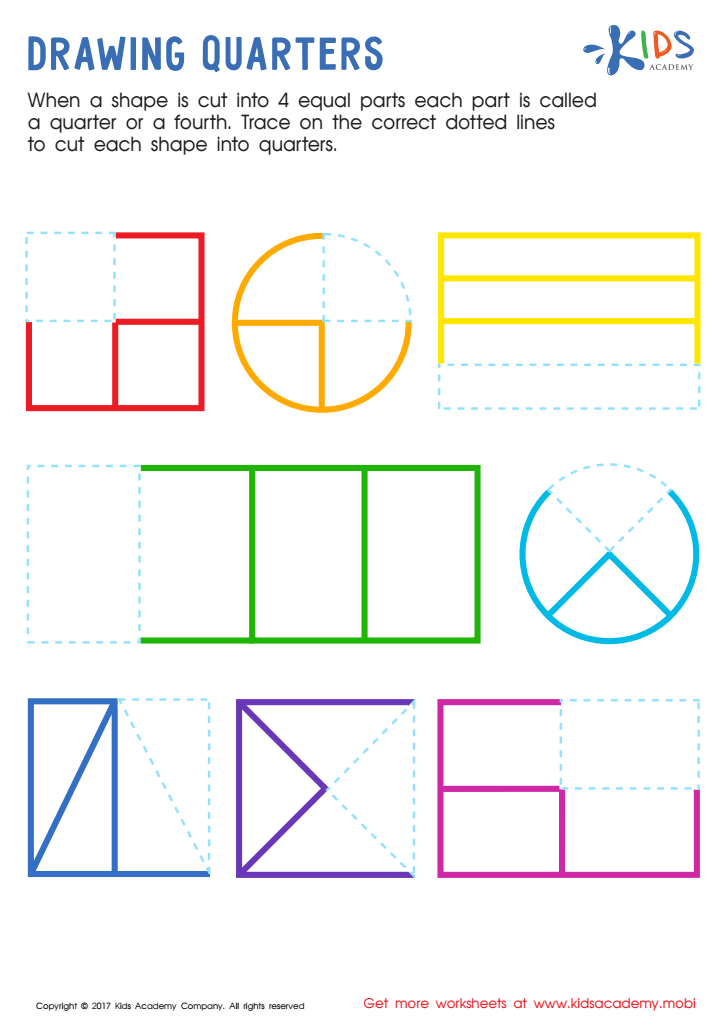

Drawing Quarters Worksheet
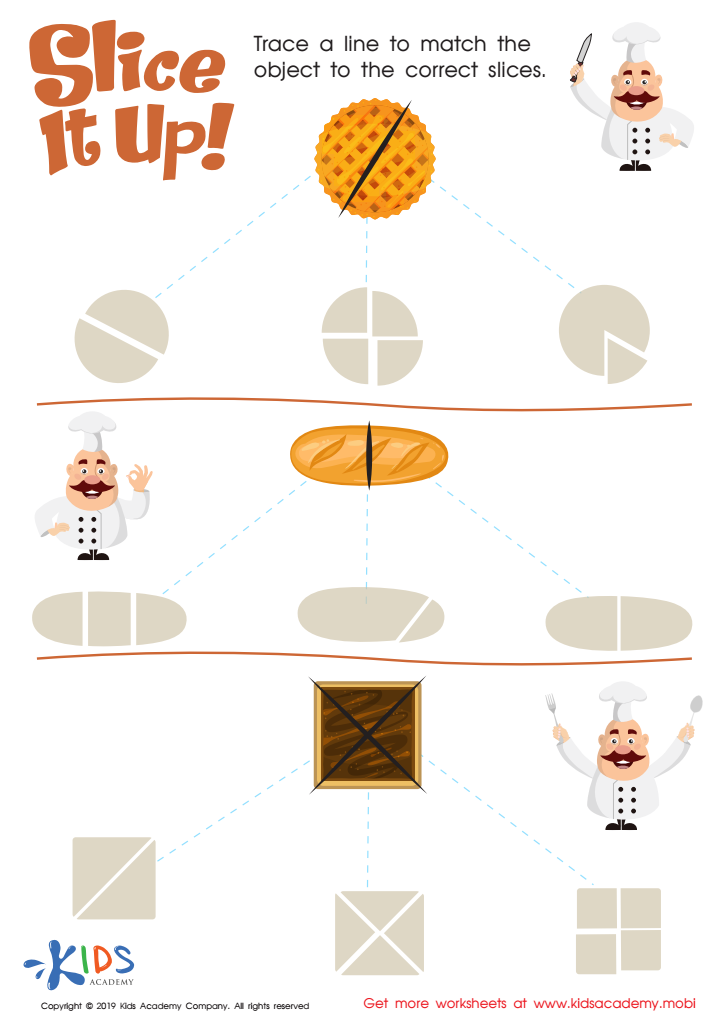

Slice It Up Worksheet
Parents and teachers should prioritize learning about fractions of shapes for children aged 4-6 because it lays a foundational understanding of mathematical concepts that are essential for future learning. At this age, children are naturally curious and receptive, making it an ideal time to introduce basic math skills. Learning about fractions through visual aids, such as dividing shapes into equal parts, helps develop spatial awareness and critical thinking.
Understanding fractions also enhances a child's ability to recognize relationships between parts and wholes, which is a key concept in mathematics. These skills support later topics, such as addition, subtraction, and even more complex operations. Additionally, early exposure to fractions helps children deal with real-world scenarios, such as sharing equally during snack time or dividing toys.
Moreover, engagement in fraction-related activities can be both fun and interactive, fostering a positive attitude toward math as children identify patterns and make connections. This positive disposition is crucial as it can influence their self-confidence and motivation to tackle more intricate mathematical concepts in school. Ultimately, learning about fractions of shapes at a young age helps build a robust mathematical foundation that encourages lifelong learning and curiosity in mathematics.
 Assign to My Students
Assign to My Students








